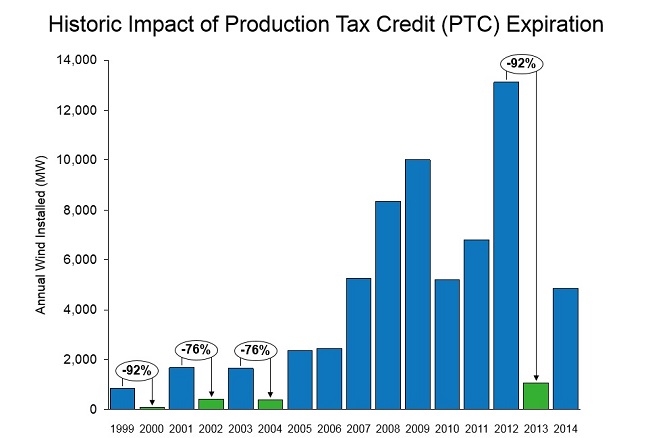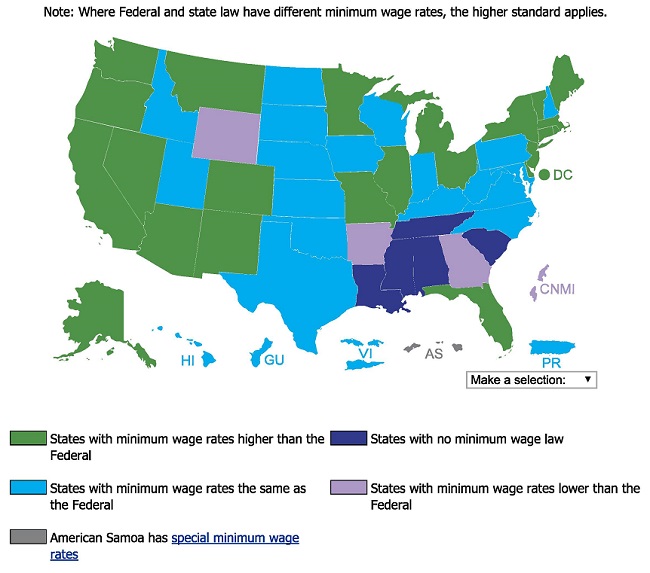Greenfield Advisors is typically known for our work in real estate, but we actually perform analyses in many other contexts as well. One type of analysis we perform is economic impact analysis. To do this work, we typically use a program developed by MIG, Inc. called IMPLAN (IMpact analysis for PLANning). IMPLAN uses regional purchasing data to create a localized model that measures the consequences of various economic transactions on local, county, state, or national regions.
To illustrate how IMPLAN works in a hypothetical example, let’s assume for a moment that a regional mall is being proposed in a community. The city likes the idea but is not sure that an outlet mall will be successful in this area. After collecting data regarding the specifics of a project, we enter that data into the IMPLAN program and perform an analysis to estimate the following:
- How much money from tax revenue would be generated at the local, state, and national levels?
- How much money would be injected into the local economy?
- How many jobs would be created in the area to build the mall?
- How many jobs would be created to employ workers in all the stores once the outlet mall is complete?
As another example, this time using real data, one of our projects required the evaluation of how settlement monies received by homeowners in a contaminated neighborhood would affect the local economy. The results indicated that a $30.5 million settlement to homeowners would generate $35.8 million in output in the area’s local economy broken down by direct, indirect, and induced effects.
The $5.3 million dollar excess above the original $30.5 million settlement is generated by the multiplier effect of that money being spent and spent again in the local economy. Additionally, around 300 jobs would be created in the area, with a $21 million increase in Gross Domestic Product and a $12 million increase of labor income. Further, the settlement would generate around $2.8 million in federal taxes and $1.6 million in state and local taxes.
While not all of the economic indicators are presented here for simplicity’s sake, this example indicates how changes in spending patterns can cause further changes in economic activity that are even greater than the original value of the money being spent. It should also be noted that this area was quite rural; although the numbers are real in this case, they may not be similar in other areas studied. Each location has its own markets, and the economics of those markets will vary.
– Abigail Mooney and Sarah J. Kilpatrick






Recent Comments